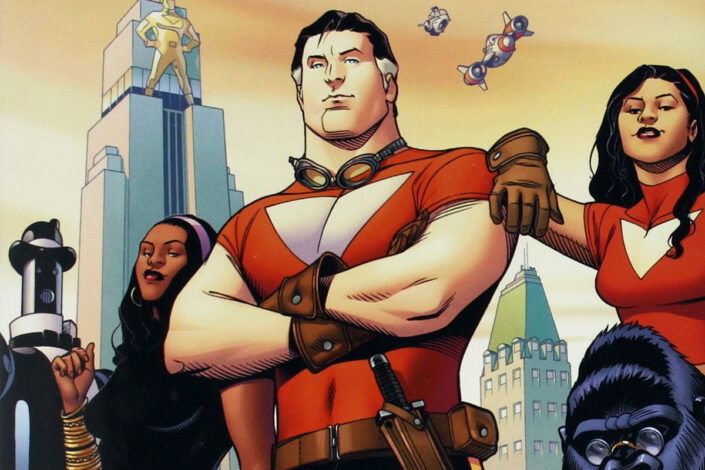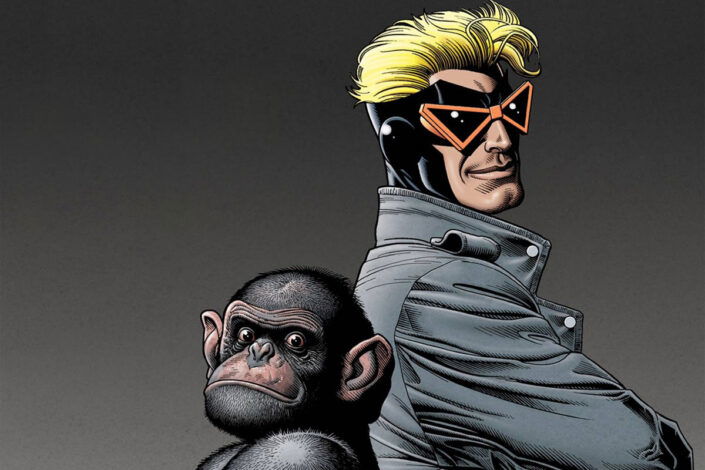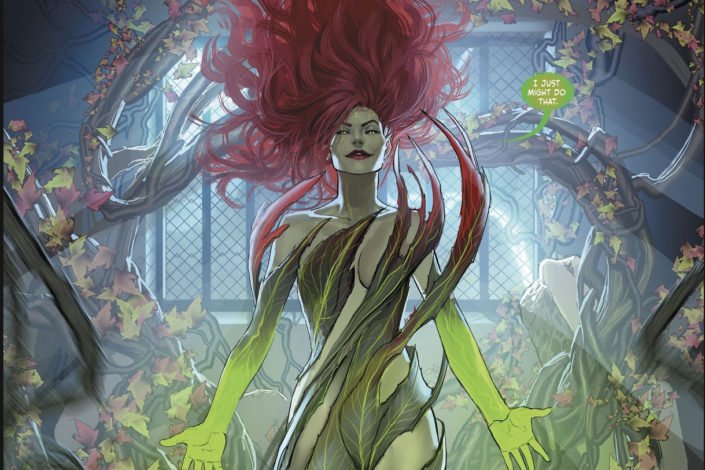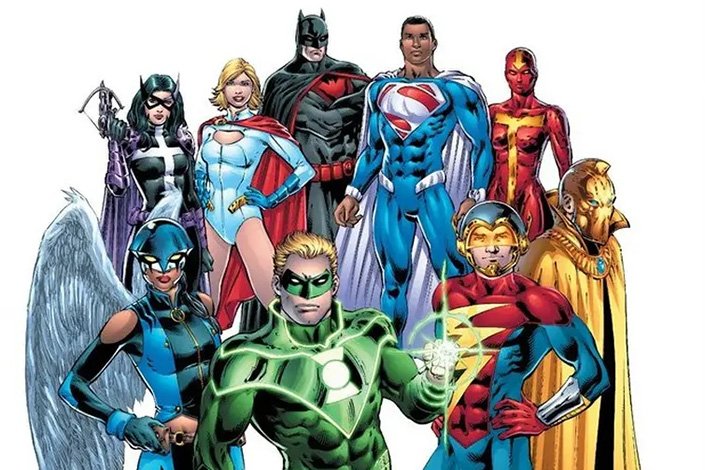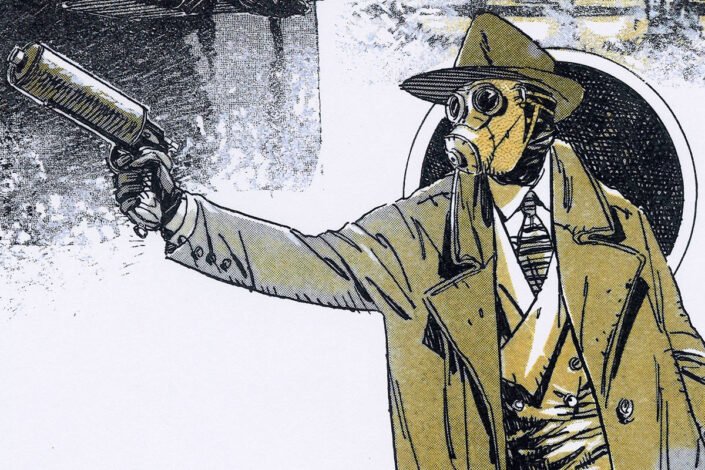DC Vs. Vampires Reading Order, a DC Vampire Apocalypse by James Tynion IV and Matthew Rosenberg

After depicting a Zombie Apocalypse in DCeased, another reality in DC Comics was confronted with undead creatures. This time around, the creatures of the night known as vampires were responsible for the Apocalypse set in Earth 63, the Earth of DC Vs. Vampires!
Coming from James Tynion IV and Matthew Rosenberg, with artwork by Otto Schmidt, Simone Di Meo, Daniele Di Nicuolo and Francesco Mortarino, this superhero horror comic book is set on a alternate universe where the Justice League has protected the planet from many alien invaders but failed to realised a new threat were emerging among them, with vampires infiltrating their ranks and making our heroes unsure on who they could trust… until it was too late!
A mysterious new vampire lord has already put a plan in motion to conquer the Earth, and his horde is hunting on the streets of Gotham. Can Batman save his city—or will he succumb to the undead plague? The answer and more in the DC Vs. Vampires comics!


